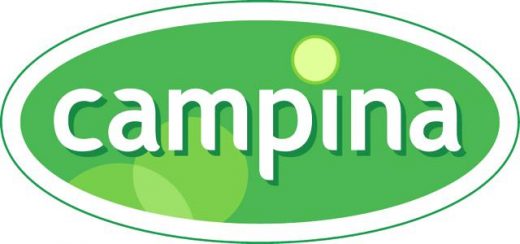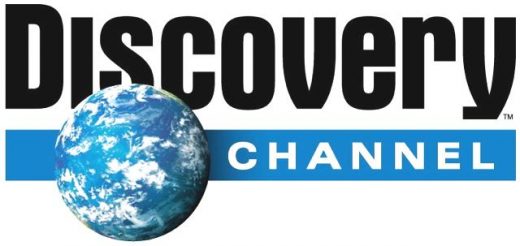Estonian Transcription Services
100% Precise and Human Generated Estonian Transcription Services!
GoLocalise offers Estonian transcription services for audio and video files for business and individual purposes. Our expert team of transcribers will create a text version of your video or audio file, and we can also translate and/or voice over your transcript.
We are your reliable Estonian transcription company!
What Is Transcription?
No, this isn’t a trick question and you might be surprised how many people get this wrong. In simple terms, transcription is the process of listening to audiovisual content and writing down what is heard.
Seems simple enough, so what exactly is the part that confuses people?
We used GoLocalise to voice several of our films in Vietnamese. The service was friendly and professional. Being able to attend the recording sessions gave me confidence; the sound engineer had taken a lot of time to familiarise himself with our films and scripts, and the voice talents were incredibly competent and good at adapting to any changes in the scripts as we recorded. The whole process was incredibly smooth and I felt in safe hands.
Let's get started!
Understanding The Difference Between Transcription and Translation
Many people confuse transcription with translation.
If you need a text version of your audiovisual content in a language which is different to the original language of your source material then you need translation (which, by the way, we can also help you with).
If you’re simply in need of a written transcript in the same language as your original audiovisual materials, that is transcription and you’re in the right place.
What Do Our Estonian Audio and Video Transcription Services Include?
A voice-to-text method that captures everything spoken, including interjections, signs of emotion (coughs, sighs, chuckles), false starts, and thought process shifts. It’s useful for reference during editing, but not ideal for finished, polished content.
This captures the speech exactly as it’s spoken, omitting filler words but without correcting grammar or sentence structure. It’s useful when accuracy is needed, but without polishing the final result.
Filler words, false starts, and mispronunciations are eliminated, with grammar corrected. This creates a refined document that reads more like proper text, ideal for publishing or any public-facing material.
Learn more about Transcription Services
Let's get started!
What Are the Benefits of Transcribing Your Estonian Audio or Video Content with GoLocalise?
There is often confusion between transcription and translation. If you need a version of your audiovisual content in a different language, the you you require translation (which we can also assist with). However, if you simply need a written transcript in the same language as your original content, then transcription is what you need — and you’ve come to the right place.
Take a podcast, for instance. By providing a text version of your audio content, search engines like Google can easily index and include it in their search results. When people search for keywords related to your subject matter, they’re far more likely to come across your material. This not only boosts your visibility but also significantly increases traffic to your site, expanding your reach and enhancing your online presence.
Journalists, bloggers, and other content creators often rely on quotes and citations to back up their arguments. When faced with two equally credible sources, one of which has already been transcribed, the transcribed version is much more likely to be chosen. Having your content available in written form makes it far easier for others to reference and quote, increasing the chances of your material being used in a variety of publications and discussions.
Creating high-quality audiovisual content, whether a podcast or a video, is both time-consuming and expensive. Why restrict it to just one format or platform? With a transcript, you can repurpose your content into a range of new formats, such as blog posts, social media updates, or short teaser clips that can attract new audiences. This process not only drives more traffic to your site but also ensures that your original content continues to serve a variety of purposes, maximising its value and impact.
One of the most important benefits of transcription is the increased accessibility it provides, particularly for people with hearing impairments. Without a written transcript, your audio or video content remains completely inaccessible to the deaf and hard-of-hearing communities. Providing a transcript ensures that everyone, regardless of their hearing ability, can engage with your content, helping to make your message more inclusive and far-reaching.
In the UK alone, there are approximately 550,000 Polish speakers, along with over a million speakers of languages such as Punjabi, Gujarati, Bengali, and Urdu. For many second-language speakers, especially when the content involves complex topics or colloquial expressions, following along with audio in a non-native language can be challenging. By providing a written transcript, you give these audiences a valuable resource to help them understand and engage with your content more effectively, bridging the gap between language barriers.
Creating your audiovisual content, whether that's a podcast or a video of some kind, is often an incredibly time-consuming and expensive process. So why use it for only one purpose? You can use a transcription to repurpose your materials into a blog or social media post, to drive traffic to your website, to use as a teaser to bring people to a full-length podcast, and many more uses too.
Can I Use a Transcription As Subtitles?
Yes, and no. GoLocalise specialises in anything audiovisual so of course if you’re in need of a full subtitling service we can absolutely help with that too, and in fact transcription is an integral part of the process when creating a same-language subtitle file.
The main difference here would be that subtitling also requires very precise technological know-how so that the resultant subtitles follow subtitling conventions and don’t prove to be distracting to the viewer.
A transcription by default won’t necessarily follow these guidelines and is better suited for other purposes, such as the ones listed above.
Tap Into Our High Quality Estonian Transcription Services Now!
So, whatever your reason for transcribing your audio or video content in Estonian, we’re happy to help.
Whether it’s to make your Estonian podcast more accessible to people with hearing impairments, for use as a starting point for a video localisation project, or for any other reason, our experience in these fields has made us the top choice for clients all over the world who want to get more out of their audiovisual content.
Our transcriptionists specialise transcribing Estonian content, but also other audiovisual content from many other languages, consistently ensuring high-quality results.

Leave your project to the experts at GoLocalise so that you can relax and be assured of getting top-notch results
Every single detail will be analysed, studied and looked after so that you do not need to worry.
Some would say it’s not too classy to blow our own trumpet… but we just like to point out two very important details.
We have achieved ISO 9001 Quality Management certification in recognition of our consistent performance and high standards, and ISO 14001 Environmental Management because we care about our planet!
And if you are still curious and want to know more about us, why not have a look at our studio page.
Learn more about Transcription Services
Let's get started!
Reach your target market
Don’t leave your important communication to chance. Make sure your message is clearly understood by your audience and choose GoLocalise for your next voice over project. Check out our latest case studies.
We have thousands of passionate and professional voice over artists ready to work with you. Meet some of them in our blog stories.
No matter the type of voice you are looking for, we’ll either have it in our books or find it and source it for you. We’ll organise a casting and ensure you get the perfect voice to suit your needs.
You will also benefit from having your own dedicated project manager – a single point of contact – to guide you through your project, answer any questions you may have and make things a whole lot easier.
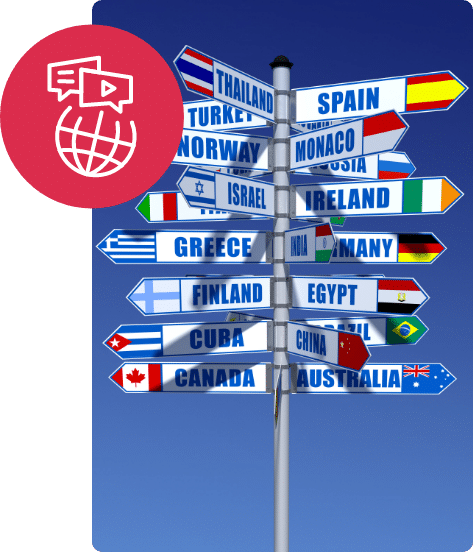

Meet your dedicated project manager
Your project will be in the safe hands of one of our multilingual project managers. They will guide you through every step and ensure you understand the process.
Our industry has a tendency to use lots of technical jargon but your dedicated project manager will be on-hand to untangle the mess and explain all you need to know to ensure you only pay for what you need.
If you need help in choosing the right voice over talent to deliver your message then just ask your project manager.
From booking our voice over recording studios to ensuring you project is delivered on time in your chosen media, relax and let your experienced project manager take care of everything.
You will receive unparalleled attention to detail and customer focus at competitive prices. You’ll wish everything was as easy as a GoLocalise voice over agency!
Perfect voice over recording studios
Your most discerning customers will thank you for choosing our modern state-of-the-art recording studios. Every detail has been carefully thought through for your comfort, leaving you to simply focus on what matters most – the voice over session.
Your recordings will sound beautiful and crystal clear thanks to our high-end studio sound-proofing and audio equipment, i.e. ProTools HD and Neumann microphones.
Maximise your budget by reducing the need for retakes with the help of our experienced in-house sound engineers who will professionally capture and edit your audio.
And for those recordings in languages which neither you nor your client speak, we’ll bring a qualified pro to your session to add that essential ingredient.
To make you feel right at home, we provide high-speed Wi-Fi Internet and air-con is available. And last but not least, we have the biggest cookie jar you’ve ever seen, that’ll make your custom brew taste even sweeter!
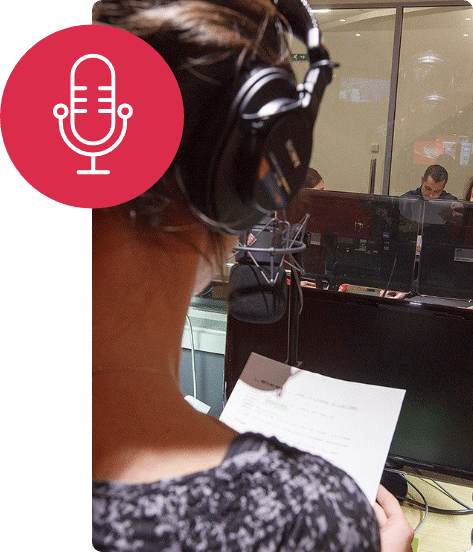
What our happy customers say
Thomas Kennedy
Designer at Atlas Knowledge

Nicola
English UK Voice Over Talent
Kerry Gillies
Director at Synergy Language Services

Patricia Leon-Fedorko
Account Specialist at Advanced Language

Marion Hirst
Translation Project Manager at Language Wire
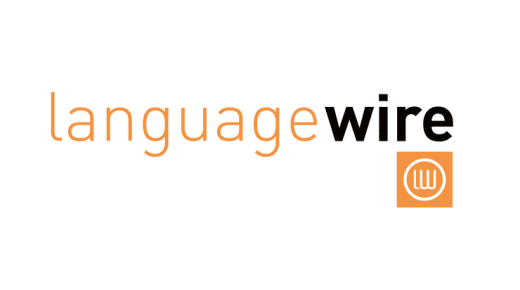
Adam Ruddick
Head of Production at Casual Films
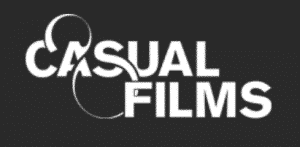

Price Match Promise
Challenge Our Prices, Enjoy Our Quality
A Brief History Of Estonian
Estonian is the official language of Estonia, spoken natively by about 1.1 million people in Estonia and tens of thousands in various migrant communities. It belongs to the Finnic branch of the Uralic language family.
One distinctive feature that has caused a great amount of interest among linguists is what is traditionally seen as three degrees of phonemic length: short, long, and “overlong”, such that /sɑdɑ/, /sɑˑdɑ/ and /sɑːdɑ/ are distinct. In actuality, the distinction is not purely in the phonemic length, and the underlying phonological mechanism is still disputed.
Estonian belongs to the Finnic branch of the Uralic languages, along with Finnish, Karelian, and other nearby languages. The Uralic languages do not belong to the Indo-European languages. Estonian is distantly related to Hungarian and to the Sami languages. Estonian has been influenced by Swedish, German (initially Middle Low German, which was the lingua franca of the Hanseatic League and spoken natively in the territories of what is today known as Estonia by a sizeable burgher community of Baltic Germans, later Estonian was also influenced by standard German), and Russian, though it is not related to them genetically.
Like Finnish and Hungarian, Estonian is a somewhat agglutinative language, but unlike them, it has lost vowel harmony, the front vowels occurring exclusively on the first or stressed syllable, although in older texts the vowel harmony can still be recognized. Furthermore, the apocope of word-final sounds is extensive and has contributed to a shift from a purely agglutinative to a fusional language. The basic word order is subject–verb–object.
The two different historical Estonian languages (sometimes considered dialects), the North and South Estonian languages, are based on the ancestors of modern Estonians’ migration into the territory of Estonia in at least two different waves, both groups speaking considerably different Finnic vernaculars. Modern standard Estonian has evolved on the basis of the dialects of Northern Estonia. The domination of Estonia after the Northern Crusades, from the 13th century to 1918 by Denmark, Germany, Sweden, and Russia delayed indigenous literacy in Estonia.
Writings in Estonian became significant only in the 19th century with the spread of the ideas of the Age of Enlightenment, during the Estophile Enlightenment Period (1750–1840). Although Baltic Germans at large regarded the future of Estonians as being a fusion with themselves, the Estophile educated class admired the ancient culture of the Estonians and their era of freedom before the conquests by Danes and Germans in the 13th century.
After the Estonian War of Independence in 1919, the Estonian language became the state language of the newly independent country. In 1945, 97.3% of Estonia considered itself ethnic Estonian and spoke the language.
When Estonia was invaded and occupied by the Soviet Union in World War II, the status of the Estonian language changed to the first of two official languages (Russian being the other one). As with Latvia many immigrants entered Estonia under Soviet encouragement. In the second half of the 1970s, the pressure of bilingualism (for Estonians) intensified, resulting in widespread knowledge of Russian throughout the country. The Russian language was termed as ‘the language of friendship of nations’ and was taught to Estonian children, sometimes as early as in kindergarten. Although teaching Estonian to non-Estonians in schools was compulsory, in practice learning the language was often considered unnecessary.
During the Perestroika era, The Law on the Status of the Estonian Language was adopted in January 1989. The collapse of the Soviet Union led to the restoration of Republic of Estonia’s independence. Estonian went back to being the only state language in Estonia, which in practice meant that use of Estonian was promoted while the use of Russian was discouraged.
The return of Soviet immigrants to their countries of origin has brought the proportion of Estonians in Estonia back above 70%. And again as in Latvia, today many of the remnant non-Estonians in Estonia have adopted the Estonian language; about 40% at the 2000 census.
The Complete Solution To Adapt Your Content
Looking to get your entire project under one roof? Look no further, we can help you make life easier for you!

- Neumann Microphones
- On-hand Sound Engineers
- Talented Voice Over Actors
- State-of-the-art Recording Studios

- Tailored to Your Business
- Stringent Quality Control Process
- Laser-Focused Project Managers
- Global Network of 600+ Languages

- Professional Subtitlers
- Open/Closed Captions & Web
- Industry-Standard Software
- Subtitle Burn-in & Graphic Editing

- Improve accessibility
- Reach a wider audience
- Increased SEO and video views
- Maximise your video's engagement

